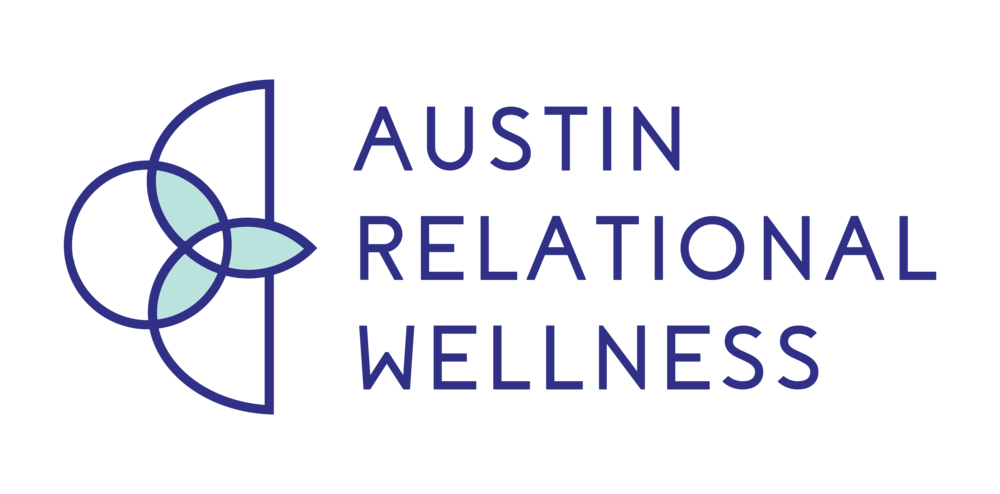In my first blog post on my series regarding boundaries, Take Charge of Your Mental Health: A Therapist’s Guide to Setting Boundaries, I discussed different ways one can begin to implement boundaries in one’s life. In this second blog post in this boundaries series, I will be discussing the Do’s and Don'ts of boundary setting.
Setting boundaries is an essential aspect of maintaining healthy relationships. However, like any skill, there are both do's and don'ts to keep in mind when first establishing boundaries. Whether you're navigating your marriage, personal relationships, professional dynamics, or even your relationship with yourself, here are some guidelines from a therapist's perspective on the do's and don'ts of setting healthy boundaries in a relationship:
Boundary-setting Do’s & Don’ts
1. Focus on Yourself
Do: Clearly express your needs, feelings, and limits based on your own experiences and emotions.
Don’t: Avoid trying to dictate or manipulate the other person's actions. Your boundaries should be about your own well-being, not an attempt to try and control another person’s behavior.
2. Use "I" Statements
Do: Frame your boundaries using "I" statements to express your feelings and needs — for example, "I feel uncomfortable when..."
Don’t: Avoid using "you" statements that might blame or accuse the other person, as this can be perceived as an attempt to control and potentially can take away from your feelings regarding the situation.
3. Be Consistent
Do: Consistency is crucial when it comes to maintaining boundaries. Once you've set a boundary, stick to it. Consistent reinforcement reinforces the message that your boundaries are non-negotiable.
Don’t: Try to change your boundaries to influence or to try to control the other person's behavior — consistency with boundaries can help build trust.
4. Respect Others’ Boundaries
Do: Recognize and respect the other person's boundaries as well — it's a two-way street.
Don’t: Avoid expecting another person to adhere strictly to your boundaries while disregarding theirs — mutual respect is crucial for a healthy relationship.
5. Seek Communication & Understanding
Do: Encourage open communication to understand each other's needs and feelings.
Don’t: Avoid shutting down communication or forcing compliance — understanding each other's perspectives is key to building a healthy relationship.
When first learning to establish boundaries, one may feel scared, overwhelmed, or uncomfortable. However, my hope is that by following these do's and don'ts and using them as a guideline for how to set boundaries, one can begin to feel more confident and at ease with establishing boundaries and feel like they are one step closer to living a more fulfilling life — a life that consists of cultivating healthy relationships, increased self-esteem, and a lifestyle that aligns with your values and priorities. Remember that boundaries are about taking care of yourself, expressing your needs, and fostering mutual respect.



































